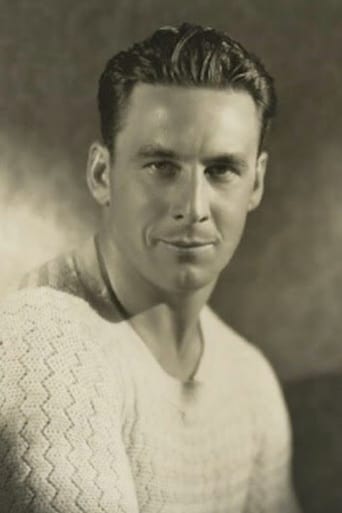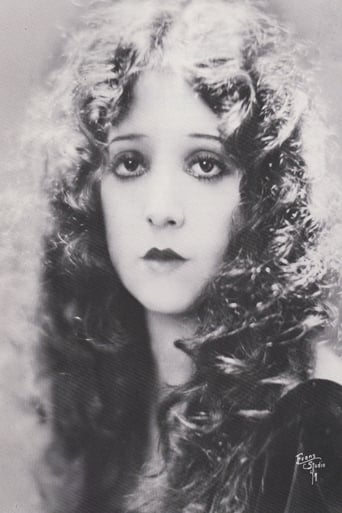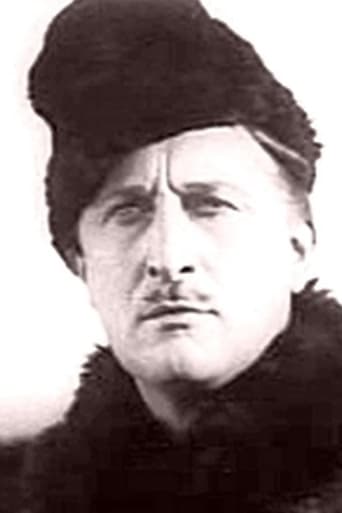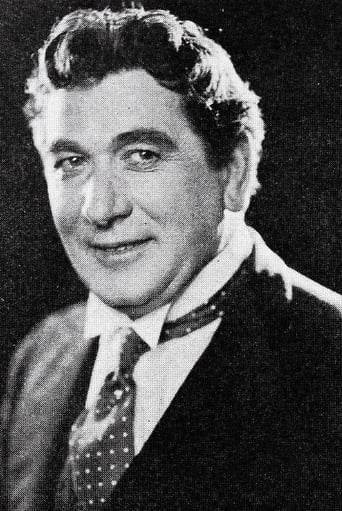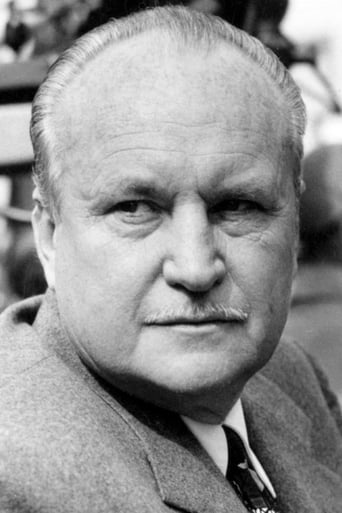Steffi_P
In the mid-1920s cinema saw the second coming of the epic, the first having been in the mid-1910s, and giants of the era such as Douglas Fairbanks and Cecil B. DeMille were continually upping the ante on each other with bigger and bigger pictures. Meanwhile the Western had been in gradual development, and by now it was only logical that this ever-popular genre was itself given a massiveness makeover. Paramount had the first stab with The Covered Wagon in 1923, and the following year Fox responded with The Iron Horse.The Western itself of course went through many developments in theme, and can be grouped into different phases. The Iron Horse, along with Covered Wagon, Three Bad Men (1926) and The Big Trail (1930) belongs squarely to the "pioneer" Westerns which dominate this era. In these pictures the west would typically be an unclaimed wilderness, and the heroes were those who explored, settled and developed it. By now the genuine old west was fading from living memory, and so now we had the first generation for whom it could be a romanticised piece of history. Plus of course there is the fact that the wagon trails, railroads and cattle drives of the pioneer Western were ideal for the aforementioned fashion for epic pictures.Today of course The Iron Horse is best remembered for its director – a young John Ford. Even back then Ford had a close association with the Western, although to some extent his style is still in development here. His shot composition relies heavily on very distinctive framing devices such as tree branches or posts, and sometimes the shots look a little cluttered. Also, his approach to the romantic love scenes is entirely conventional – with close-ups, rhyming angles and sparse backgrounds so as to focus on the actors. The older (more cynical?) John Ford tended to shoot these moments rather flatly, the camera hanging back, and even throwing in distracting background business.On the other hand, and perhaps in ways that matter more, this is very much the same John Ford of Stagecoach, Fort Apache and so forth. In particular is his vision of the west. Right from the opening scenes he contrasts the smallness of the homestead with the romantic allure of the wilderness – framing the actors tightly in the opening shots, and then cutting to point-of-view shots of the trail. He always captures the vastness of the outdoors, and yet without ever dwarfing the people in it. Particularly impressive (and this is perhaps where Ford's greatest strength lay) is his ability to combine different storytelling elements in a single shot – for example at one point we see a mother mourn her son at his grave in the foreground, while a heavily loaded train passes through in the background.Another typically Fordian element is the precedence he gives to the comic relief characters. On location they were largely working without a script, so Ford could spin their scenes out as long as he wanted. As with many of his later pictures, charming though it is, the comedy business threatens to unbalance the real story. We can also see in "Drill ye terriers" a forerunner to the group singsong that is a staple of even the earliest John Ford talkies.A nod to the actors is also due. This was George O'Brien's first lead role and he doesn't do badly, considering he got the part mainly for being a good-looking newcomer who could ride a horse. He doesn't emote too convincingly, but he moves well which is the most important thing for a picture like this. The other standout is J. Farrell MacDonald, who played the kind of roles for Ford in the silent era that would later be filled by Victor McLaglan in the talkies – basically a comical Irish drunk. But like McLaglan he hid real dramatic talent under the act, and he emerges as the most genuine player in this piece.Ford's confidence and passion for the genre make the Iron Horse a classic, but it's worth remembering that The Iron Horse is also a triumph of post-production. Cast and crew had gone on location without a complete shooting script and large chunks of it are more or less improvised. As well as directing Ford took one of his earliest credits of producer and, would thus have been able to continue supervising the product after shooting was over. It's hard to imagine what any other producer or editor would have made of the footage he brought back from location. It's unlikely they would have kept so much of the comic diversions and "oirishness", and it's perhaps with The Iron Horse that we have - for better or for worse - the earliest example of an unbridled John Ford.
w4crypto
I'm a very big fan of this great epic, and have been searching on my TIVO for it for some time. I was surprised and super pleased when Turner Classic Movies aired a new 2007 restoration (complete with 20th Century Fox searchlights at the end) at 12 Midnight-2:30a Eastern Time this morning. I was also quite surprised at the quality of the restoration and the cuts, viewing it on and HDTV screen. Following the movie, Robert Osborne was pitching a new Turner Classic Movie collection of some 24 Ford DVDs (and book, "Ford at Fox"). Now . . . if only someone would do Buster Keaton's classic 1965 "The Railrodder" as a remake in DVD (chuckle). 12.25.2007 An additional comment on reading many of the other comments: The film was not done in Arizona as mistakenly stated by Robert Osborne, but mostly in or about Wadsworth, Nevada in the Truckee River canyon East of Sparks/Reno. Ford also used "Beale's Cut" where old CA Hiway 14 entered the Newhall area. This was quite close to the Willam S. Hart Ranch, so it would have probably been well known to most directors of that era (this was that very severe "cut" in the mountain, which I hiked through in the early '50s). There were also scenes indicative of Chatsworth CA area (at the Northwest end of the San Fernando Valley).
lugonian
THE IRON HORSE (Fox, 1924), directed by John Ford, is an story set during the middle of the 19th century America about the building of the first Transcontinental Railroad. One of the very best examples of a lavish scale western produced during the silent era, said to be the answer to Paramount's earlier production of THE COVERED WAGON (1923), but most importantly, the first major project for Ford after nearly a decade in the director's chair to now gain the recognition he truly deserves.The story opens with a prologue set in Springfield, Ill., 1853, revolving around Davy Brandon, first as a youngster (Winston Miller) with deep affection towards Miriam Marsh (Peggy Cartwright), his childhood sweetheart. Davy's father (James Gordon) is a surveyor who dreams about the crossing of the western wilderness, while Miriam's father, Thomas Marsh (William Walling), is a skeptic. However, one of the citizens, Abraham Lincoln (Charles Edward Bull), believes in this man's theory and knows he'll accomplish his means. Setting out to accompany his father on a mission to survey an appropriate route through the mountains for the coming railroad, Davy bids a tearful farewell to Miriam. During their westward journey, Davy, who is hidden away because of foreseen danger, witnesses the brutal killing of his father by a white man dressed up as an Indian whose only identification if the loss of a thumb and two fingers on his right hand. After burying his father, Davy is taken in by a passing scouting party. A decade later, 1862, Abraham Lincoln is president of the United States; Davy (George O'Brien) is a Pony Express rider out to fulfill his father's dream leading into the building of the Transcontinental Railroad; and Miriam (Madge Bellamy), now engaged to Peter Jesson (Cyril Chadwick), an Eastern surveyor working for her father actually working for Deroux (Fred Kohler), the richest landowner, who stands to profit if the railroad goes through instead of through the pass. After being reunited with Miriam, Jesson finds himself in stiff competition. The two men become bitter enemies, especially after Jesson's attempts in doing away with him. Matters become complex until the golden spike gets hammered into the rail on that historic day of 1869 as east meets west through the continental railroad.In the supporting cast are Gladys Hulett (Ruby); Jack O'Brien (Dinny); three musketeer pals of J. Farrell MacDonald (Corporal Casey); Francis Powers (Sergeant Slattery); and James Welch (Private Schultz), as well as historical figures of Buffalo Bill Cody, Wild Bill Hickock and John Hay enacted by George Wagner, John Padjan and Stanhope Wheatcroft.THE IRON HORSE (title indicating the locomotive train) plays like a D.W. Griffith production with prologue, historical figures, flashbacks and epilogue, and like a screen adaptation to an Edna Ferber novel telling its story through the passage of time, along with soap-opera ingredients (complicated love triangle), but no usual conclusions of central characters going through the white hair and wrinkles aging process. Overall, this is John Ford's storytelling, cliché as it may be, placing fictional characters against historic setting, along with the oft-told murder-mystery subplot of a son out to avenge his father's killer, a historical movie that's become an important part of cinema history. Ford, the future four time Academy Award winning director, with a handful of motion pictures to his credit, best known for westerns, would provide similar themes in his future film-making. As popular as THE IRON HORSE was back in 1924, it's amazing that Ford didn't attempt doing a remake, especially in 1939 when westerns reached it peak of popularity. It took Cecil B. DeMille to attempt a similar story with UNION PACIFIC (Paramount, 1939) starring Barbara Stanwyck and Joel McCrea. Like THE IRON HORSE, UNION PACIFIC, which tells its story in over two hours, features villains, Indian massacres and thousands of extras. George O'Brien, a rugged actor, was an ideal choice for the role of Davy Brandon. Although he worked under Ford's direction numerous times in latter years, and showed his capability as a dramatic actor in F.W. Murnau's SUNRISE (1927), he never achieved major stardom. He did work steadily mostly in "B" westerns through the early 1950s. Co-star Madge Bellamy offers her typical heroine performance, caught between two men who vie for her affection, but is far from being a strong character. While the acting overall is satisfactory, from today's viewpoint, some heavy melodramatics as the method of fainting by youngster Davy after witnessing his father's massacre, or Bellamy's performance in general, might provoke some laughter. Scenes such as these can be overlooked by great location scenery as Monument Valley, a race against time and action scenes typically found in Ford westerns.Television history to THE IRON HORSE began when it became one of the movies from the Paul Killiam collection to air on public television's 13-week series of "The Silent Years" (June-September 1975), hosted by Lillian Gish. In her profile about THE IRON HORSE (accompanied by an excellent piano score by William Perry), Gish talks about its location shooting in the Nevada desert, the use of 100 cooks to feed the huge cast, and 5,000 extras consisting of 3,000 railway workers, 1,000 Chinese laborers, many horses and steers. Decades later, THE IRON HORSE made it to the American Movie Classics (1997-1999) and Turner Classic Movies (TCM premiere December 9, 2007 ) accompanied by orchestral score with 15 minutes of additional footage as opposed to the 119 minutes presented on both "The Silent Years," and the Western Channel in 2001. Distributed to home video Critic's Choice in 1997, availability on DVD came a decade later.THE IRON HORSE may not be historically accurate as promised through its opening inter-titles, but it's sure an ambitious John Ford production to still be entertaining today. (****)


